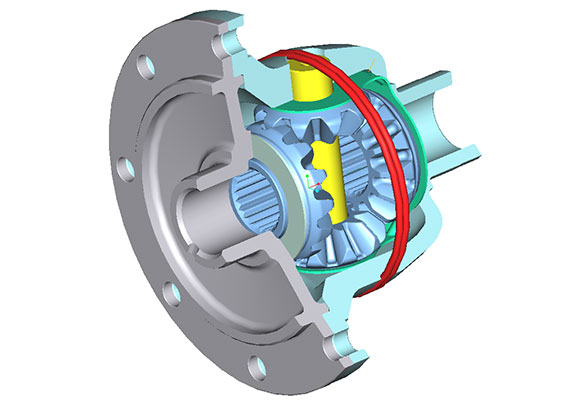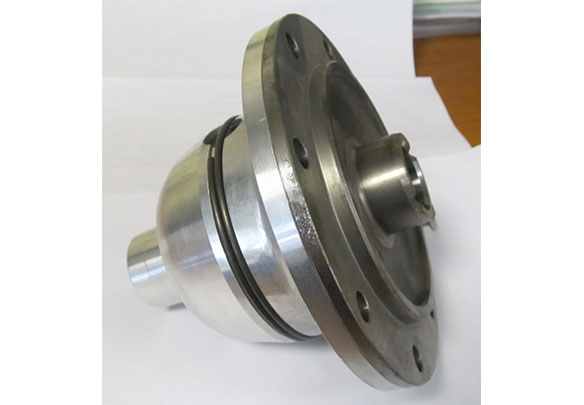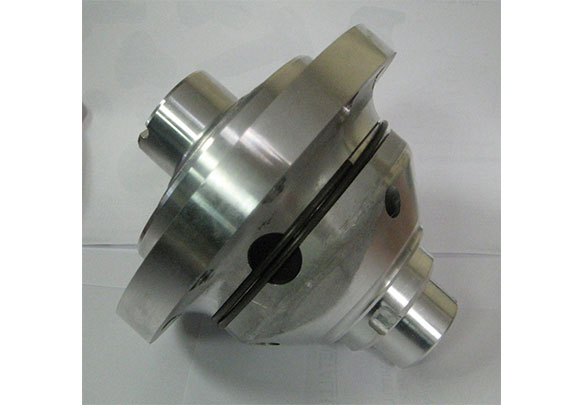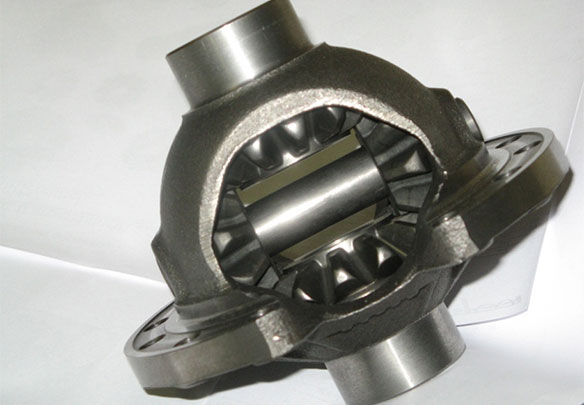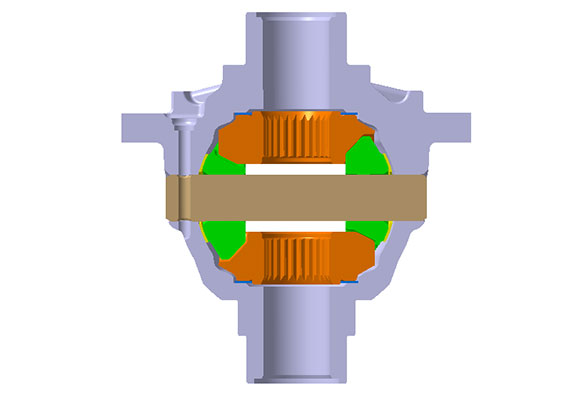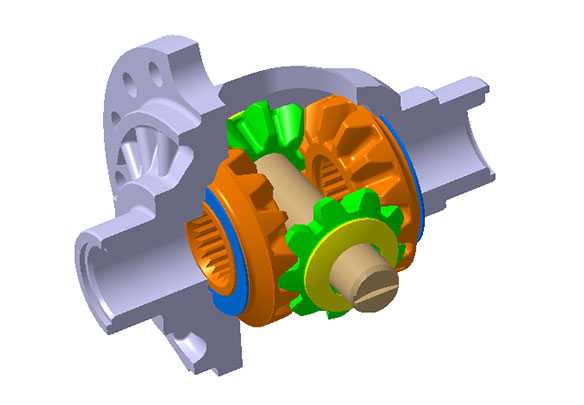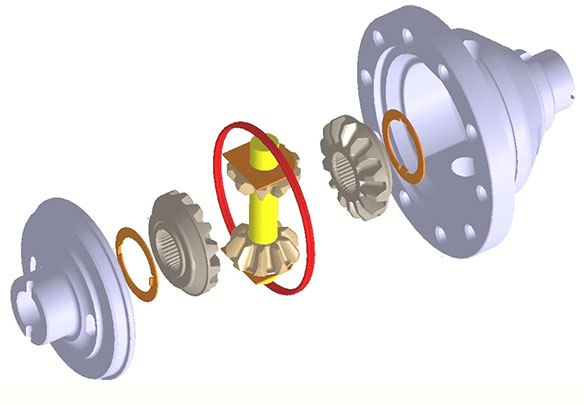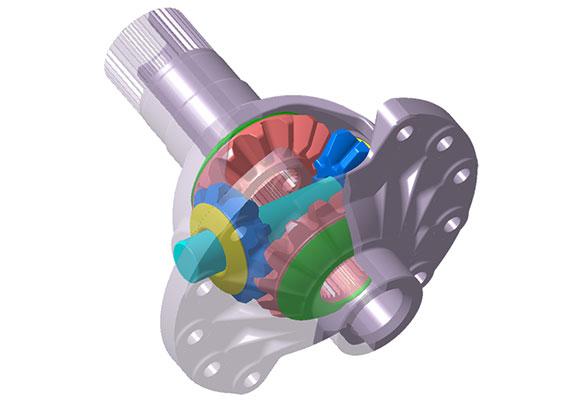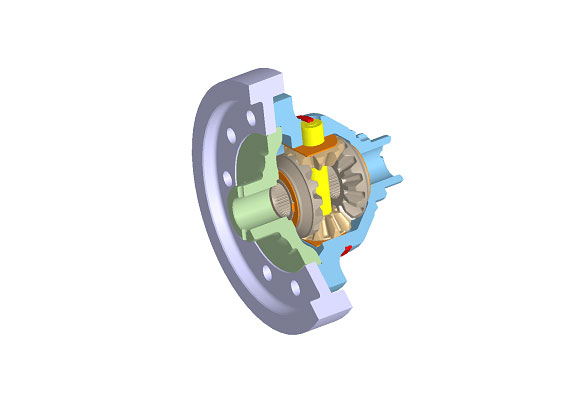
Development
Processes
Our industrial organizations, which are flexible and adaptable, integrate at the same time automatic control and robotics in an optimised approach to continuous improvement, endeavouring to contribute to the competitiveness of our customers and improving the working conditions of our employees.
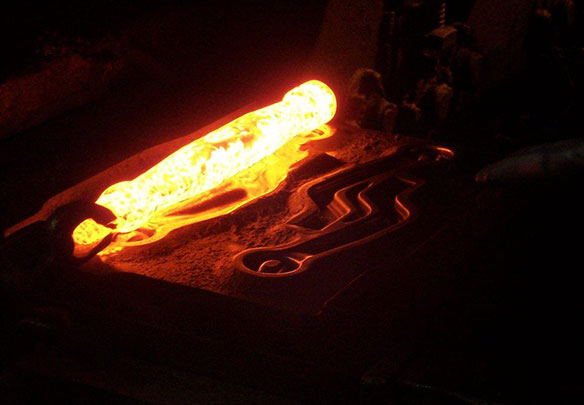
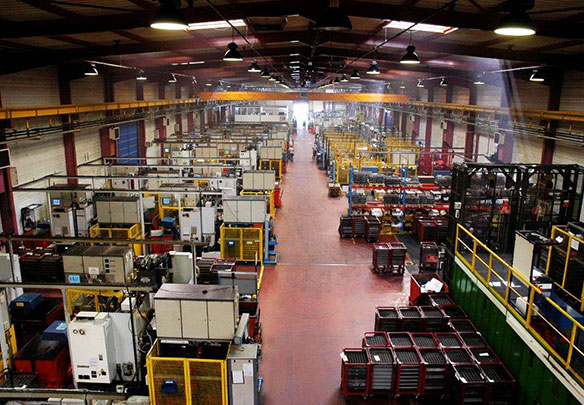
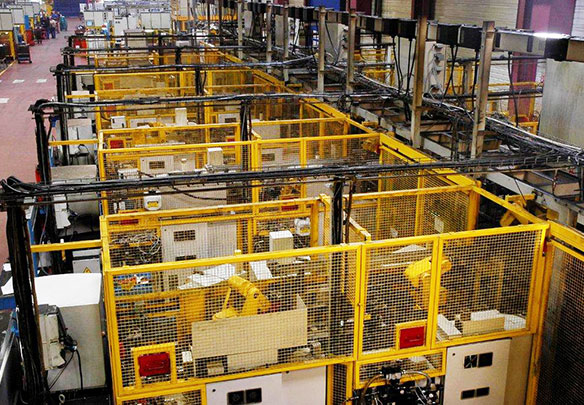
Provider for assembly and integration
Beyond its activity of supplying forging parts, SIFCOR offers its know-how in assembly and integration in order to provide you with a finished, forged part that is machined, painted and assembled, and can act as the logistics coordinator.
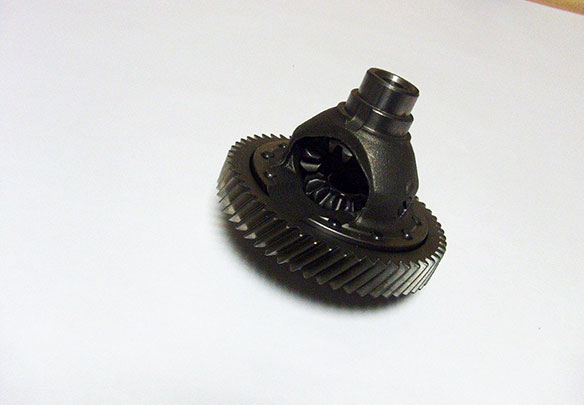
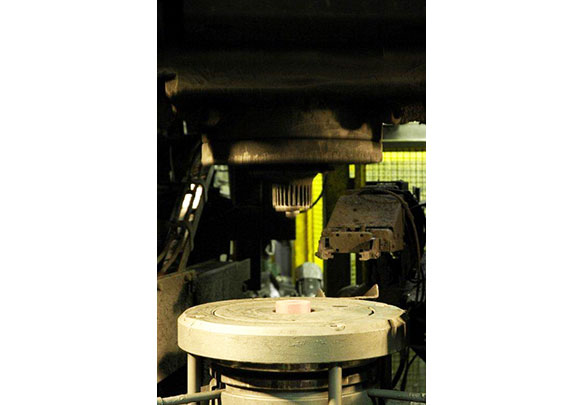
Strong points of forging
Forging ratio
Forging ratio is the result of the rolling operations of the initial slug, in one main direction, called the drawing direction, this allows to increase the length whilst decreasing its cross section.
Forging ratio is calculated by the ratio: initial cross section / final cross section.
Forging ratio of a rough structure of a heat treatment has several effects :
- improvement of the density of the slug by confining the cavities, leading to a better impact strength
- significant increase of the resistance to necking
- refinement of the broken structure, grain size
- creation of an 'anisotropy', inducing the improvement of certain strength properties in a longitudinal direction.
Grain flow
The term fiber or grain flow is used in analogy to materials that actually contain fibers such as wood or certain composites. In the case of metals, it refers to the global orientation of the metal structure obtained by the flowing direction of the stock during its deformation.
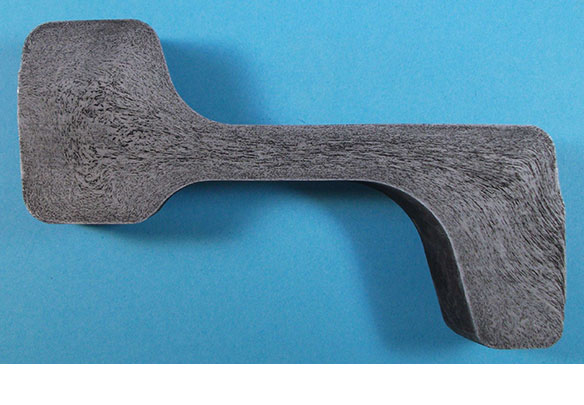
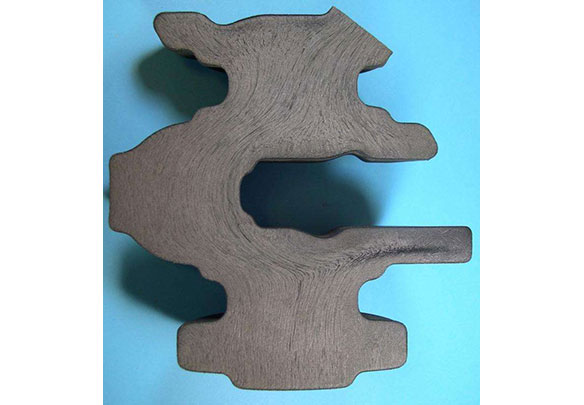
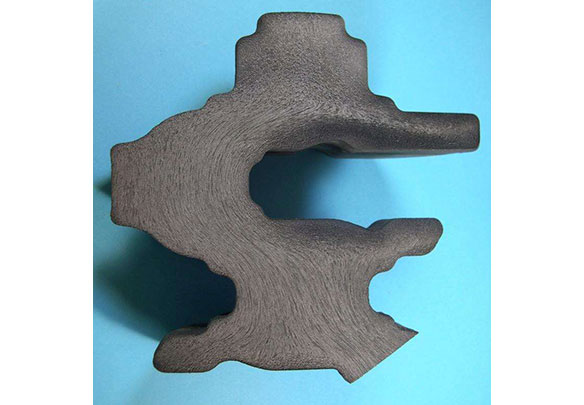
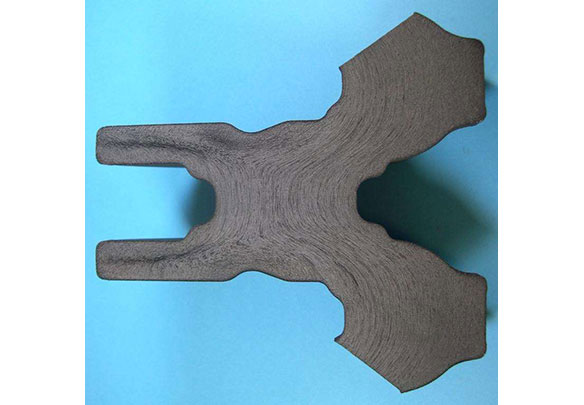
Materials
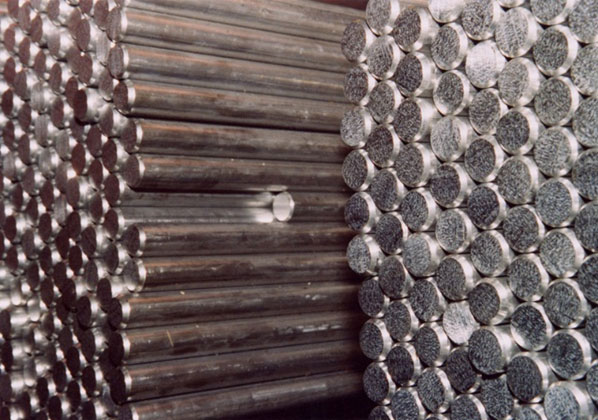
Steel
Steel is an iron-carbon alloy containing at most 2% of the latter element.
Different quantities of alloy elements can also be added; it is then considered as a steel alloy.
Steel is a ductile metal. Its shape can undergo changes by hot or cold compression or extension.
The fact that it is possible to lend steels a wide range of properties through heat treatment, thermo-mechanical and mechanical treatments explains the broad scope of use of this metal.
Test bench
In the R&D departments of the SIFCOR Group, it is the engineers’ and technicians'job to imagine, design and validate the perspectives of forging. This includes approval on the test benches, whose activity is continually increasing due to their research and the growing customer requirements.
These requirements concern the validation of the strength properties (e.g. by applying strain gauges) of new parts, the fatigue resistance by cyclic loading of stress using one or more jacks in order to quantify the gain achieved by forging thanks to the “grain flow” or by using engines applying a variable torque on the gearwheels.
Our installations are able to validate safety critical parts such as suspension triangles, wheel knuckles and clutch components such as forks, gearbox components such as gearwheels, etc.
The R&D Department is constantly in contact with the engineering and design department in order to validate the results of simulations for instance.
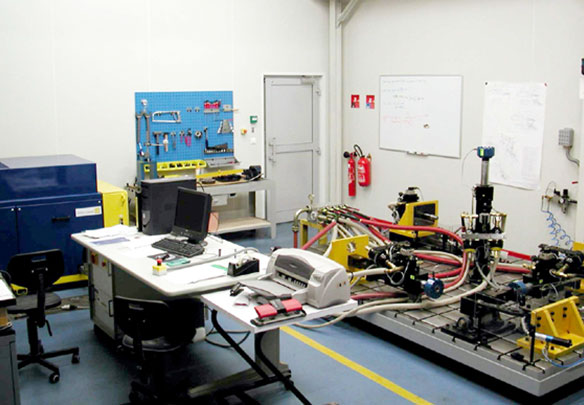
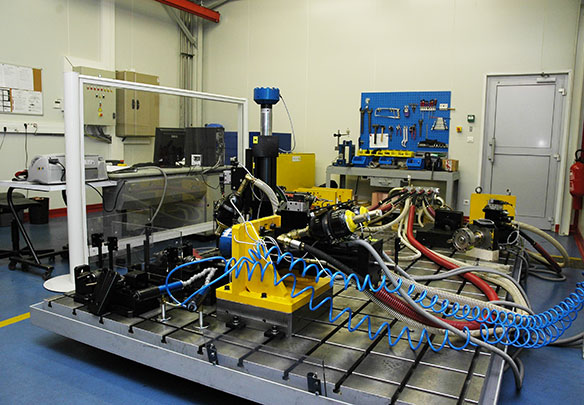
CAD
The designers of SIFCOR are specialized in CAD software such as CATIA V4-V5 and Pro-Engineer. The choice of the used software depends on the customer. The designers work together with project managers for the establishment or modification of customer drawings and the manufacturing routing (moulds, dies, coining,)
Certain designers are in charge of the standard part (machines). They design the drawings and ensure the periodic monitoring of the press laboratory with a mobile 3-D system.
>> Catia V4 et V5 are Dassault System © 's products
>> Pro-engineer is a PTC : Parametric Technology Corporation © 's product
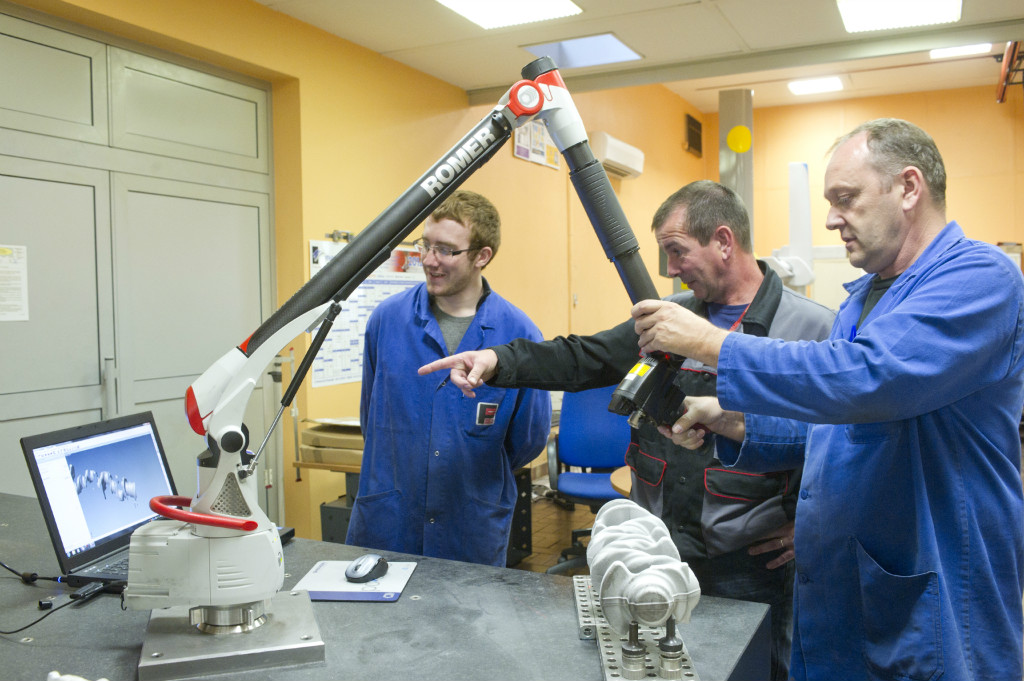
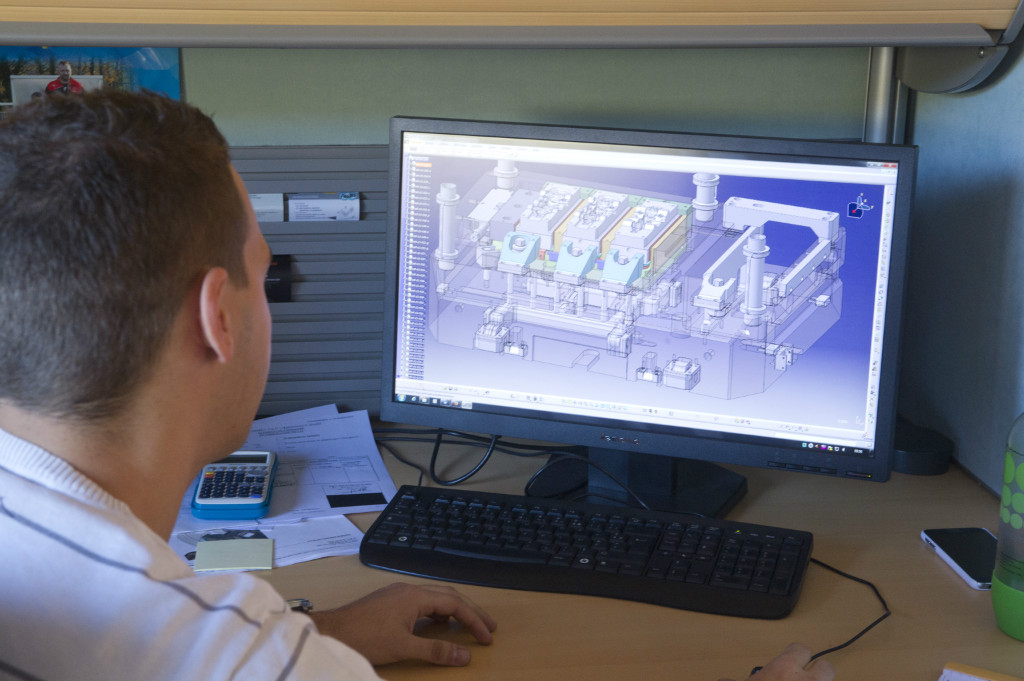
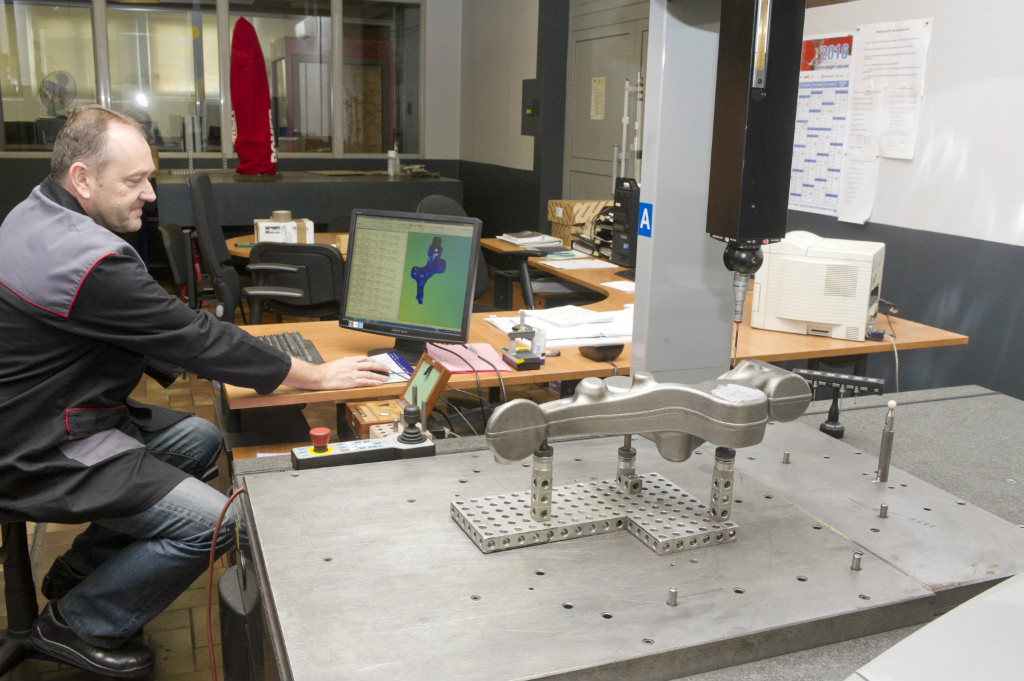
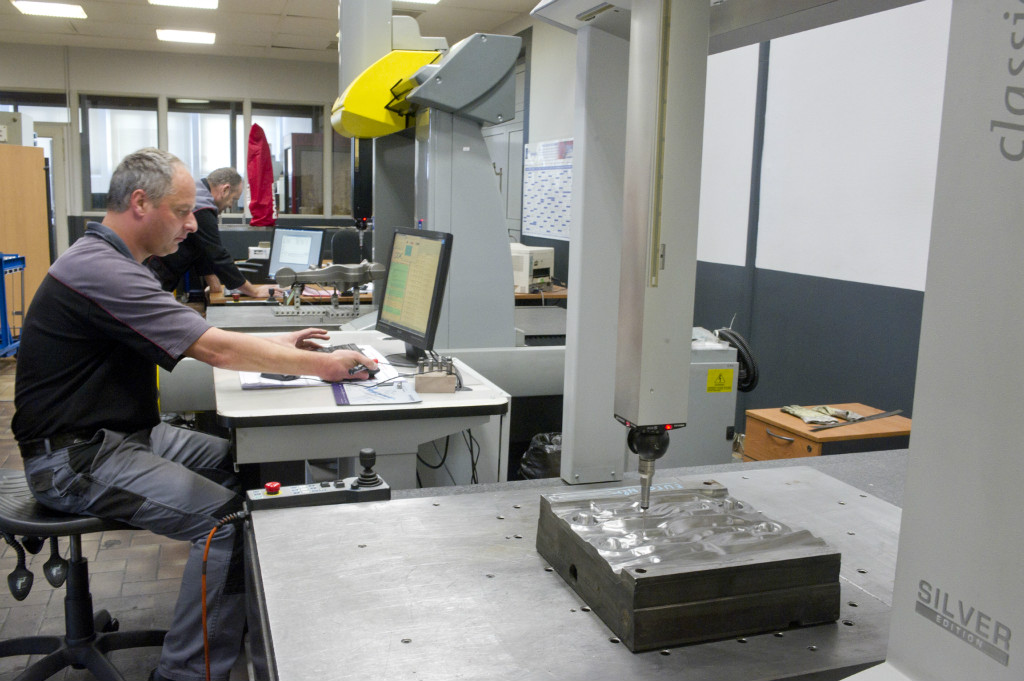
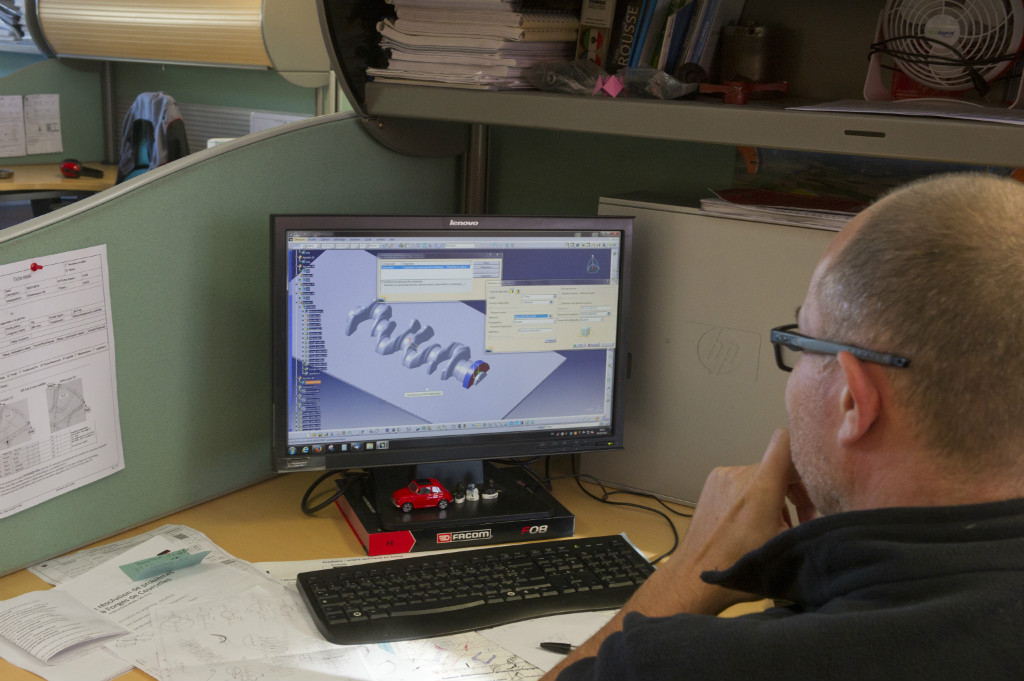
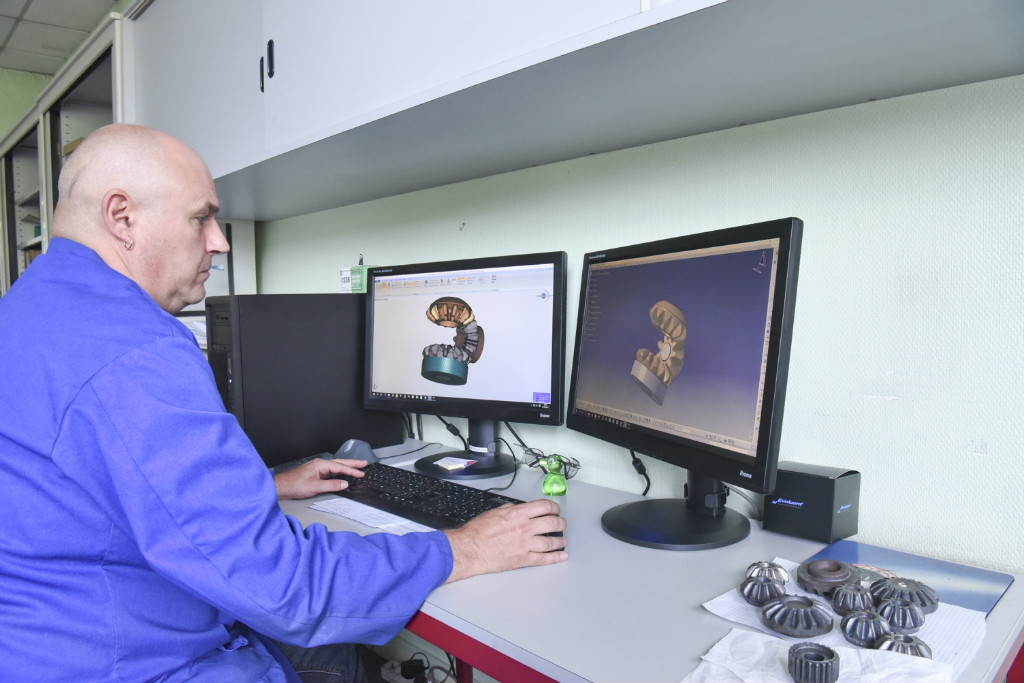
Digital simulation
The SIFCOR Group uses the software Forge 2005 specialized in the shaping of materials. This software gives us information on the fill level, the temperature, the pressure within the parts, the wear resistance, the tooling lifetime, as well as the stress level required for the presses.
We model all new components on the software in order to approve the routing before going on to production, and to improve our reactivity in matters of development.
The parts that are already serially produced continue to be studied in the perspective of decreasing the material input and increasing the lifetime of the tool.
Moreover, we also use FEM simulation software MSC Patran-Nastran and MSC Fatigue. These programs help us design and dimension the parts in compliance with the specification provided by our customers. By applying a static or dynamic load to the part, they give us data on the extent of the deformation, of strain and its fatigue resistance.
The know-how of the simulation engineers and the forging operators contributes to ensuring the control of these elements for comparison and optimisation, in order to validate the simulation and to apply it to manufacturing.
>> Forge 2005 is a Transvalor © product
>> Forge 2005 is a Transvalor © product
Patents
Innovation is an integral part of our corporate culture. It is one main line of our development.
Innovation at SIFCOR means:
- Giving support to our customers in the research and development of common technical solutions.
- Proposing anticipative technical solutions: meeting the different constraints often related to forging parts, whose strength, volumetric, functional and mass properties are more and more sought.
Contributing to our innovating solution, the result of a structured approach, makes us stand out and match the evolution of the automotive functions that our customers expect from us.
